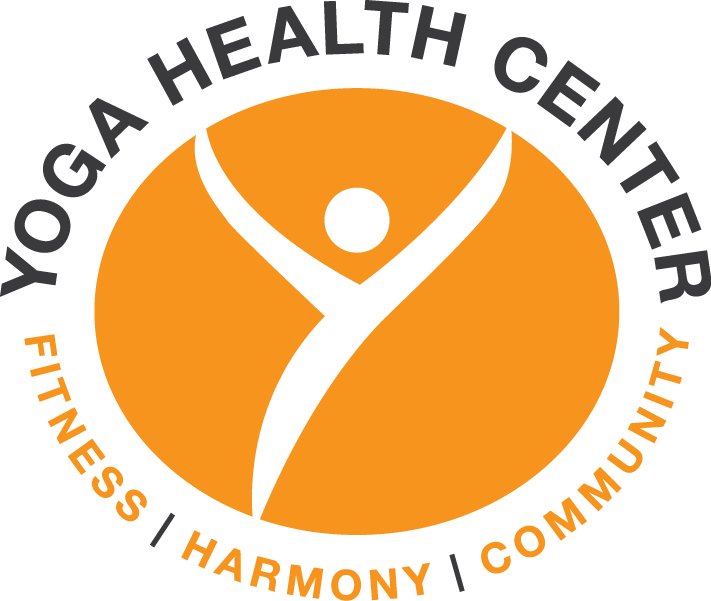7 Beginner-Friendly Yoga Techniques to Kickstart Your Practice
Ready to embark on a journey of self-discovery and holistic well-being? Dive into the world of yoga techniques designed specifically for beginners, inviting you to explore the harmonious connection between your body and mind.
1. Merging Mind and Body through Sun Salutations
Sun Salutations, also known as Surya Namaskar, serve as the foundation of countless yoga practices. This dynamic sequence coordinates your breath with specific movements, allowing you to flow gracefully between poses while building strength and flexibility. Start your day with these invigorating salutations, welcoming the sun's energy into your being and setting a positive tone for the day.
The rhythmic nature of Sun Salutations encourages mindfulness and presence, aligning your mental state with your physical actions. As you synchronize each breath with a movement, you cultivate a sense of unity within yourself, promoting relaxation and focus. Practice Sun Salutations regularly to enhance your overall well-being and initiate a deeper connection to your inner self.
Incorporating Sun Salutations into your yoga routine offers a holistic approach to wellness, blending the benefits of strength training, flexibility enhancement, and stress reduction. Whether you are a novice yogi or a seasoned practitioner, the meditative flow of Surya Namaskar can transform your practice into a moving meditation, allowing you to center your thoughts and align your intentions with your actions.
2. Finding Balance with Tree Pose
Tree Pose, or Vrikshasana, exemplifies the harmony between stability and grace, challenging you to root down into the earth while reaching upward like a flourishing tree. This foundational balancing posture not only strengthens your legs and core but also cultivates a sense of equilibrium and focus.
As you stand tall in Tree Pose, imagine your body as a majestic tree swaying gently in the breeze, finding poise and tranquility in stillness. This asana encourages concentration and mindfulness, inviting you to explore your inner balance while enhancing physical coordination. Embrace the graceful stance of Vrikshasana to foster both physical and mental steadiness in your yoga practice.
3. Mastering the Art of Breathing with Pranayama
Pranayama, the practice of breath control in yoga, serves as a powerful tool for enhancing vitality and calming the mind. By regulating your breath through various techniques such as Ujjayi and Nadi Shodhana, you can tap into the profound connection between your respiratory patterns and emotional state.
Engaging in Pranayama exercises enables you to cultivate a deep awareness of your breath, promoting relaxation, focus, and mental clarity. Through conscious breathing, you can revitalize your energy, reduce stress, and immerse yourself in the present moment. Explore the art of Pranayama to unlock the transformative potential of conscious breathing in your yoga practice.
4. Exploring Inner Peace through Meditation
Meditation provides a sanctuary for your mind, offering a tranquil space to deepen self-awareness and reconnect with your inner essence. Through simple yet profound meditation techniques, you can quiet the mental chatter, release tension, and experience a profound sense of inner peace and clarity.
As you immerse yourself in a meditation practice, you create space for introspection and introspective reflection, fostering emotional resilience and mindfulness. By dedicating moments of stillness to quieting the mind and observing your thoughts without judgment, you can cultivate a sense of serenity and balance that transcends your yoga practice and permeates your everyday life.
5. Enhancing Flexibility with Downward Dog
Downward Dog, or Adho Mukha Svanasana, stands as a fundamental yoga pose renowned for its ability to stretch and strengthen the entire body. This rejuvenating inversion posture elongates the spine, opens the shoulders, and tones the arms and legs, offering a comprehensive full-body stretch that enhances flexibility and relieves tension.
As you flow into Downward Dog, focus on elongating your spine and grounding through your hands and feet, creating a sense of length and openness in your body. With each breath, allow the pose to release tightness in your muscles, inviting a soothing wave of relaxation and rejuvenation through your entire being. Incorporate Downward Dog into your practice to expand your flexibility, improve posture, and promote overall well-being.
6. Building Strength with Warrior Poses
Warrior Poses, including Warrior I, II, and III, epitomize the embodiment of strength, focus, and determination in yoga. These empowering asanas challenge you to ground yourself in courage, engage your core, and cultivate physical and mental resilience through a series of dynamic postures.
Each Warrior Pose encourages you to tap into your inner strength, harnessing the warrior spirit within you to face life's challenges with poise and confidence. By holding these poses with integrity and grace, you build muscular endurance, enhance stability, and foster a sense of empowerment in both body and mind. Embrace the warrior energy within you as you flow through these empowering sequences, embodying strength and resilience in every movement.
7. Cultivating Serenity with Child's Pose
Child's Pose, or Balasana, offers a gentle reprieve within your yoga practice, inviting you to surrender to a posture of peace and tranquility. This resting pose provides a soothing stretch for the back, shoulders, and hips, allowing you to release tension and relax deeply into stillness.
As you melt into the nurturing embrace of Child's Pose, focus on softening your breath and letting go of any lingering stress or fatigue. Allow your forehead to rest on the mat, grounding yourself in a moment of introspection and serenity. Embrace the restorative power of Balasana to cultivate a sense of calm, renewal, and emotional balance within your practice.


